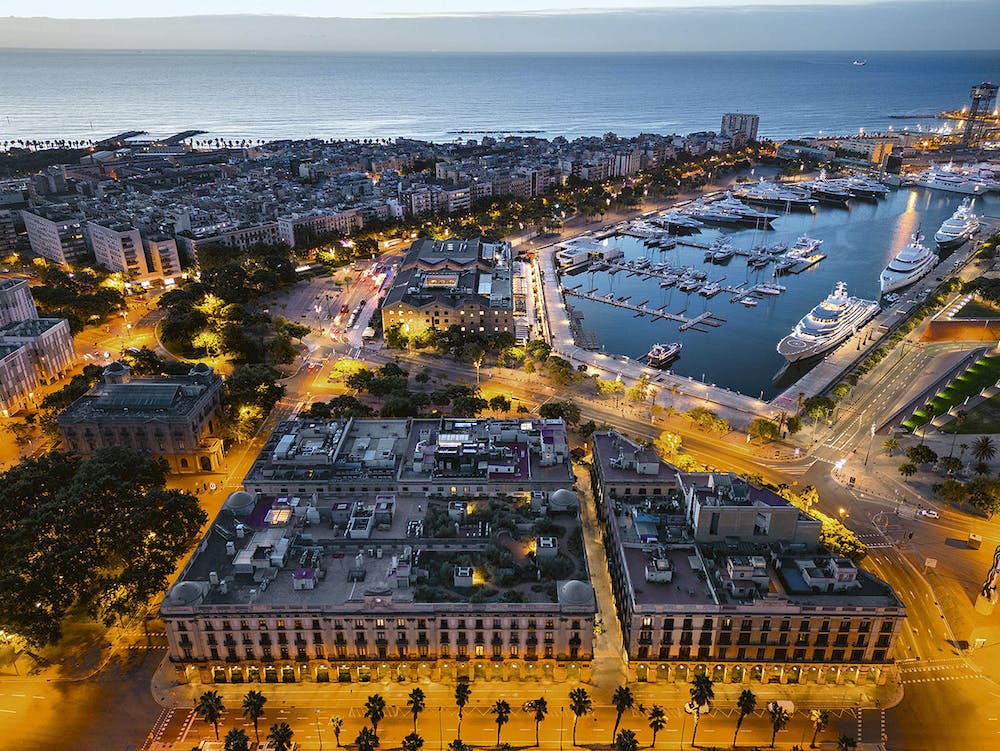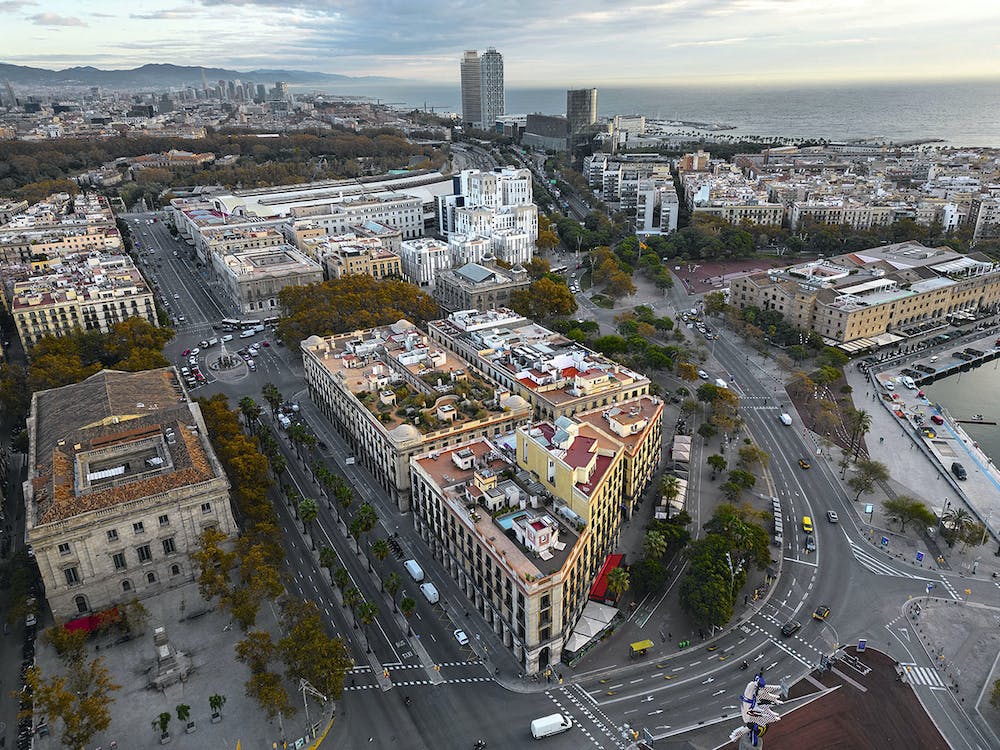Loading
[{"image":{"large":{"url":"https://images.prismic.io/surveybcn/jta_coberta_porxos_xifre_04_297.jpg?auto=compress,format&rect=0,0,1272,955&w=1272&h=955","localUrl":"/surveyfotografic/common/images/jta_coberta_porxos_xifre_04_297.jpg","width":1272,"height":955},"scaled":{"url":"https://images.prismic.io/surveybcn/jta_coberta_porxos_xifre_04_297.jpg?auto=compress,format&rect=0,0,1272,955&w=1000&h=751","localUrl":"/surveyfotografic/common/images/jta_coberta_porxos_xifre_04_297_s.jpg","width":1000,"height":751}},"gaze":{"meta":{"url":"/surveyfotografic/en/gaze/aire"},"body":{"name":"The air","photographer":{"name":"Jon Tugores","url":"/surveyfotografic/en/biographies#jon-tugores","colorClass":"biographies-cl-jon-tugores"}}}},{"image":{"large":{"url":"https://images.prismic.io/surveybcn/srv_coberta_porxos_xifre_301.jpg?auto=compress,format&rect=0,0,637,955&w=637&h=955","localUrl":"/surveyfotografic/common/images/srv_coberta_porxos_xifre_301.jpg","width":637,"height":955},"scaled":{"url":"https://images.prismic.io/surveybcn/srv_coberta_porxos_xifre_301.jpg?auto=compress,format&rect=0,0,637,955&w=667&h=1000","localUrl":"/surveyfotografic/common/images/srv_coberta_porxos_xifre_301_s.jpg","width":667,"height":1000}},"gaze":{"meta":{"url":"/surveyfotografic/en/gaze/vegetacio"},"body":{"name":"The vegetation","photographer":{"name":"Simona Rota","url":"/surveyfotografic/en/biographies#simona-rota","colorClass":"biographies-cl-simona-rota"}}}},{"image":{"large":{"url":"https://images.prismic.io/surveybcn/srv_coberta_porxos_xifre_02_300.jpg?auto=compress,format&rect=0,0,1792,1194&w=1792&h=1194","localUrl":"/surveyfotografic/common/images/srv_coberta_porxos_xifre_02_300.jpg","width":1792,"height":1194},"scaled":{"url":"https://images.prismic.io/surveybcn/srv_coberta_porxos_xifre_02_300.jpg?auto=compress,format&rect=0,0,1792,1193&w=1000&h=666","localUrl":"/surveyfotografic/common/images/srv_coberta_porxos_xifre_02_300_s.jpg","width":1000,"height":666}},"gaze":{"meta":{"url":"/surveyfotografic/en/gaze/vegetacio"},"body":{"name":"The vegetation","photographer":{"name":"Simona Rota","url":"/surveyfotografic/en/biographies#simona-rota","colorClass":"biographies-cl-simona-rota"}}}},{"image":{"large":{"url":"https://images.prismic.io/surveybcn/jta_coberta_porxos_xifre_02z_295.jpg?auto=compress,format&rect=0,0,1867,2489&w=1867&h=2489","localUrl":"/surveyfotografic/common/images/jta_coberta_porxos_xifre_02z_295.jpg","width":1867,"height":2489},"scaled":{"url":"https://images.prismic.io/surveybcn/jta_coberta_porxos_xifre_02z_295.jpg?auto=compress,format&rect=0,0,1867,2489&w=750&h=1000","localUrl":"/surveyfotografic/common/images/jta_coberta_porxos_xifre_02z_295_s.jpg","width":750,"height":1000}},"gaze":{"meta":{"url":"/surveyfotografic/en/gaze/aire"},"body":{"name":"The air","photographer":{"name":"Jon Tugores","url":"/surveyfotografic/en/biographies#jon-tugores","colorClass":"biographies-cl-jon-tugores"}}}},{"image":{"large":{"url":"https://images.prismic.io/surveybcn/mvp_coberta_porxos_xifre_298.jpg?auto=compress,format&rect=0,0,1434,955&w=1434&h=955","localUrl":"/surveyfotografic/common/images/mvp_coberta_porxos_xifre_298.jpg","width":1434,"height":955},"scaled":{"url":"https://images.prismic.io/surveybcn/mvp_coberta_porxos_xifre_298.jpg?auto=compress,format&rect=0,0,1434,955&w=1000&h=666","localUrl":"/surveyfotografic/common/images/mvp_coberta_porxos_xifre_298_s.jpg","width":1000,"height":666}},"gaze":{"meta":{"url":"/surveyfotografic/en/gaze/parcs"},"body":{"name":"The parks","photographer":{"name":"Milena Villalba","url":"/surveyfotografic/en/biographies#milena-villalba","colorClass":"biographies-cl-milena-villalba"}}}},{"image":{"large":{"url":"https://images.prismic.io/surveybcn/bdv_coberta_dels_porxos_d_en_xifre_02_292.jpg?auto=compress,format&rect=0,0,3732,2489&w=3732&h=2489","localUrl":"/surveyfotografic/common/images/bdv_coberta_dels_porxos_d_en_xifre_02_292.jpg","width":3732,"height":2489},"scaled":{"url":"https://images.prismic.io/surveybcn/bdv_coberta_dels_porxos_d_en_xifre_02_292.jpg?auto=compress,format&rect=0,0,3732,2489&w=1000&h=667","localUrl":"/surveyfotografic/common/images/bdv_coberta_dels_porxos_d_en_xifre_02_292_s.jpg","width":1000,"height":667}},"gaze":{"meta":{"url":"/surveyfotografic/en/gaze/vida"},"body":{"name":"The life","photographer":{"name":"Xavi Bou and Joan Diví","url":"/surveyfotografic/en/biographies#xavi-bou-i-joan-divi","colorClass":"biographies-cl-xavi-bou-i-joan-divi"}}}},{"image":{"large":{"url":"https://images.prismic.io/surveybcn/jta_coberta_porxos_xifre_294.jpg?auto=compress,format&rect=0,0,1274,955&w=1274&h=955","localUrl":"/surveyfotografic/common/images/jta_coberta_porxos_xifre_294.jpg","width":1274,"height":955},"scaled":{"url":"https://images.prismic.io/surveybcn/jta_coberta_porxos_xifre_294.jpg?auto=compress,format&rect=0,0,1273,955&w=1000&h=750","localUrl":"/surveyfotografic/common/images/jta_coberta_porxos_xifre_294_s.jpg","width":1000,"height":750}},"gaze":{"meta":{"url":"/surveyfotografic/en/gaze/aire"},"body":{"name":"The air","photographer":{"name":"Jon Tugores","url":"/surveyfotografic/en/biographies#jon-tugores","colorClass":"biographies-cl-jon-tugores"}}}},{"image":{"large":{"url":"https://images.prismic.io/surveybcn/bdv_coberta_dels_porxos_d_en_xifre_03_293.jpg?auto=compress,format&rect=0,0,1433,955&w=1433&h=955","localUrl":"/surveyfotografic/common/images/bdv_coberta_dels_porxos_d_en_xifre_03_293.jpg","width":1433,"height":955},"scaled":{"url":"https://images.prismic.io/surveybcn/bdv_coberta_dels_porxos_d_en_xifre_03_293.jpg?auto=compress,format&rect=0,0,1433,954&w=1000&h=666","localUrl":"/surveyfotografic/common/images/bdv_coberta_dels_porxos_d_en_xifre_03_293_s.jpg","width":1000,"height":666}},"gaze":{"meta":{"url":"/surveyfotografic/en/gaze/vida"},"body":{"name":"The life","photographer":{"name":"Xavi Bou and Joan Diví","url":"/surveyfotografic/en/biographies#xavi-bou-i-joan-divi","colorClass":"biographies-cl-xavi-bou-i-joan-divi"}}}},{"image":{"large":{"url":"https://images.prismic.io/surveybcn/bdv_coberta_dels_porxos_d_en_xifre_291.jpg?auto=compress,format&rect=0,0,3732,2489&w=3732&h=2489","localUrl":"/surveyfotografic/common/images/bdv_coberta_dels_porxos_d_en_xifre_291.jpg","width":3732,"height":2489},"scaled":{"url":"https://images.prismic.io/surveybcn/bdv_coberta_dels_porxos_d_en_xifre_291.jpg?auto=compress,format&rect=0,0,3732,2489&w=1000&h=667","localUrl":"/surveyfotografic/common/images/bdv_coberta_dels_porxos_d_en_xifre_291_s.jpg","width":1000,"height":667}},"gaze":{"meta":{"url":"/surveyfotografic/en/gaze/vida"},"body":{"name":"The life","photographer":{"name":"Xavi Bou and Joan Diví","url":"/surveyfotografic/en/biographies#xavi-bou-i-joan-divi","colorClass":"biographies-cl-xavi-bou-i-joan-divi"}}}},{"image":{"large":{"url":"https://images.prismic.io/surveybcn/jta_coberta_porxos_xifre_03_296.jpg?auto=compress,format&rect=0,0,1274,955&w=1274&h=955","localUrl":"/surveyfotografic/common/images/jta_coberta_porxos_xifre_03_296.jpg","width":1274,"height":955},"scaled":{"url":"https://images.prismic.io/surveybcn/jta_coberta_porxos_xifre_03_296.jpg?auto=compress,format&rect=0,0,1273,955&w=1000&h=750","localUrl":"/surveyfotografic/common/images/jta_coberta_porxos_xifre_03_296_s.jpg","width":1000,"height":750}},"gaze":{"meta":{"url":"/surveyfotografic/en/gaze/aire"},"body":{"name":"The air","photographer":{"name":"Jon Tugores","url":"/surveyfotografic/en/biographies#jon-tugores","colorClass":"biographies-cl-jon-tugores"}}}},{"image":{"large":{"url":"https://images.prismic.io/surveybcn/mvp_coberta_porxos_xifre_02_299.jpg?auto=compress,format&rect=0,0,1434,955&w=1434&h=955","localUrl":"/surveyfotografic/common/images/mvp_coberta_porxos_xifre_02_299.jpg","width":1434,"height":955},"scaled":{"url":"https://images.prismic.io/surveybcn/mvp_coberta_porxos_xifre_02_299.jpg?auto=compress,format&rect=0,0,1434,955&w=1000&h=666","localUrl":"/surveyfotografic/common/images/mvp_coberta_porxos_xifre_02_299_s.jpg","width":1000,"height":666}},"gaze":{"meta":{"url":"/surveyfotografic/en/gaze/parcs"},"body":{"name":"The parks","photographer":{"name":"Milena Villalba","url":"/surveyfotografic/en/biographies#milena-villalba","colorClass":"biographies-cl-milena-villalba"}}}}]
{"columns":[{"type":"picture","pictures":[0],"rows":10},{"type":"picture","pictures":[1],"rows":10},{"type":"picture","pictures":[2,3],"rows":5},{"type":"picture","pictures":[4],"rows":10},{"type":"picture","pictures":[5],"rows":10},{"type":"picture","pictures":[6,7],"rows":5},{"type":"picture","pictures":[8,9],"rows":5},{"type":"picture","pictures":[10],"rows":10}]}










